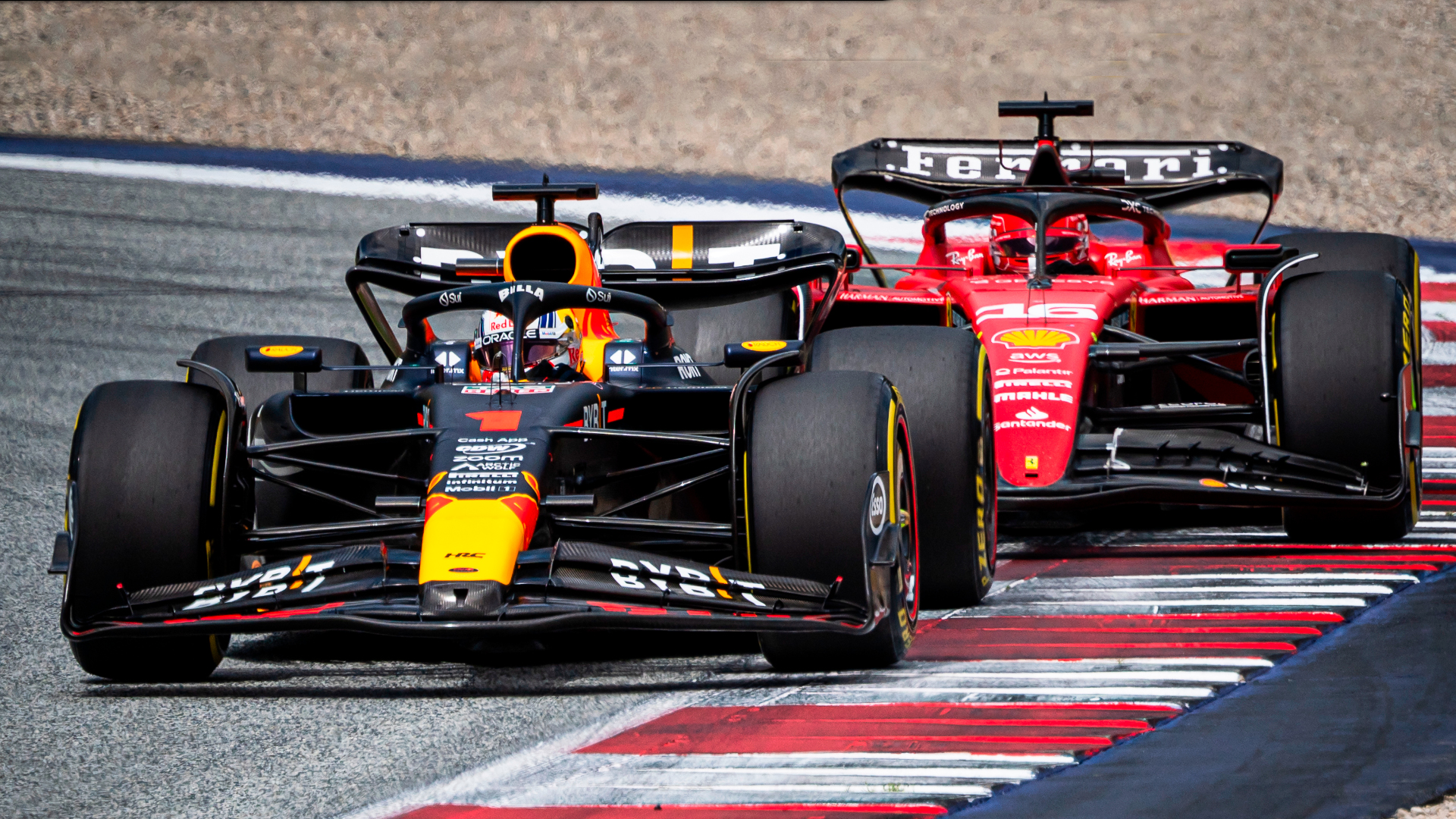

We may earn revenue from the products available on this page and participate in affiliate programs. Learn more ›
Once upon a time, it was common for a Formula 1 season to have less than 10 races on the calendar. The series has slowly ramped up over the decades, with its recent charge of expansion cramming ever more races into a single year. 2023 has seen cancellations slim down the calendar, but next year promises to be the most frantic season yet.
As covered by RaceFans, the 2024 season features a full 24 races across 21 different countries. If everything goes to plan, it will be the greatest number of races in a single season ever. 2023 was originally intended to feature 24 races, but the cancellations of the Emilia Romagna and Chinese Grand Prix reduced that number to 22.
The season will kick off in Bahrain immediately after testing concludes, with the race itself taking place on March 2. The following Saudi Arabian Grand Prix will similarly take place on a Saturday, on March 9. It defies the traditional F1 convention of racing on Sunday, with the last non-Sunday race taking place in 1985. The reason behind the choice is that Ramadan begins on March 10, with the racing festivities having to conclude before that. Since a week’s gap is necessary in between races, Bahrain’s event will take place a day earlier than expected, too.
The calendar stirs things up compared to previous years, in order to best fit in all the action. The Japanese Grand Prix will take place in April, its earliest running yet, while the Azerbaijan Grand Prix has been punted all the way back to September.
These changes are driven in part by logistical concerns. Teams need time to freight their cars from race to race, while it’s also desirable to keep costs down by not unnecessarily crisscrossing the globe over and over again. Naturally, it makes a lot of sense for next year’s calendar to go from Australia to Japan and then on to China, for example. Incidentally, if all goes to plan, it will be the first time the Chinese Grand Prix has run since 2019, with races in recent years all cancelled due to the COVID-19 pandemic.
Concerns have been raised about the strain the packed calendar will place on teams. The hardest parts of the year are likely to be the triple headers. Mid-season, a triple header in Europe is followed by two double headers in a row. The season will conclude with two consecutive triple headers with a couple of weeks as a break in between. It’s likely to push teams to the limit, particularly in the event of a closely-fought championship at the top.
As of yet, it’s unclear whether sprint races will take place in 2024, and if so, at which rounds. Notably, the calendar still lacks a race in Africa. F1 wishes to return to the continent but was unable to find a suitable arrangement for next year.
Fans will have a lot to cheer about next year, with more racing than ever. Consider pouring one out for the mechanics, though, who will be working their asses off to keep the cars on track week in, week out. They’ll be hoping for a year of clean racing to keep the workload manageable on F1’s most hectic timetable yet.
Got a tip? Let the author know: lewin@thedrive.com
